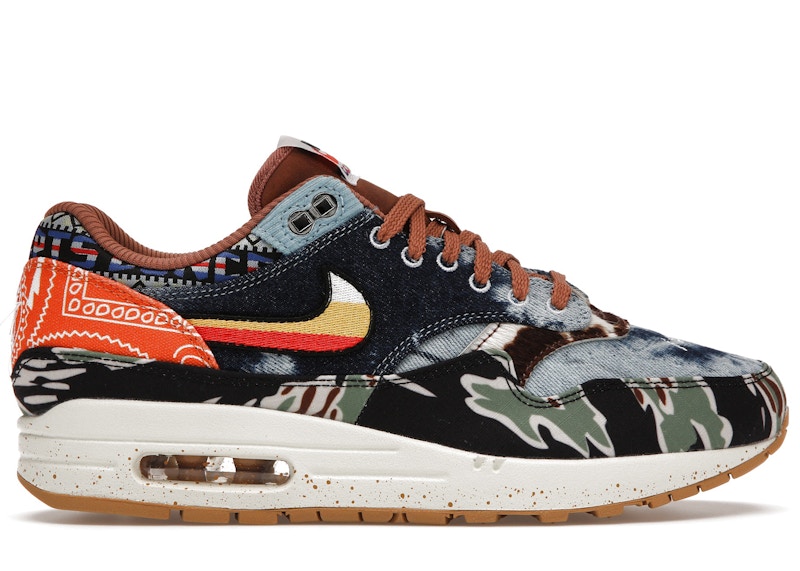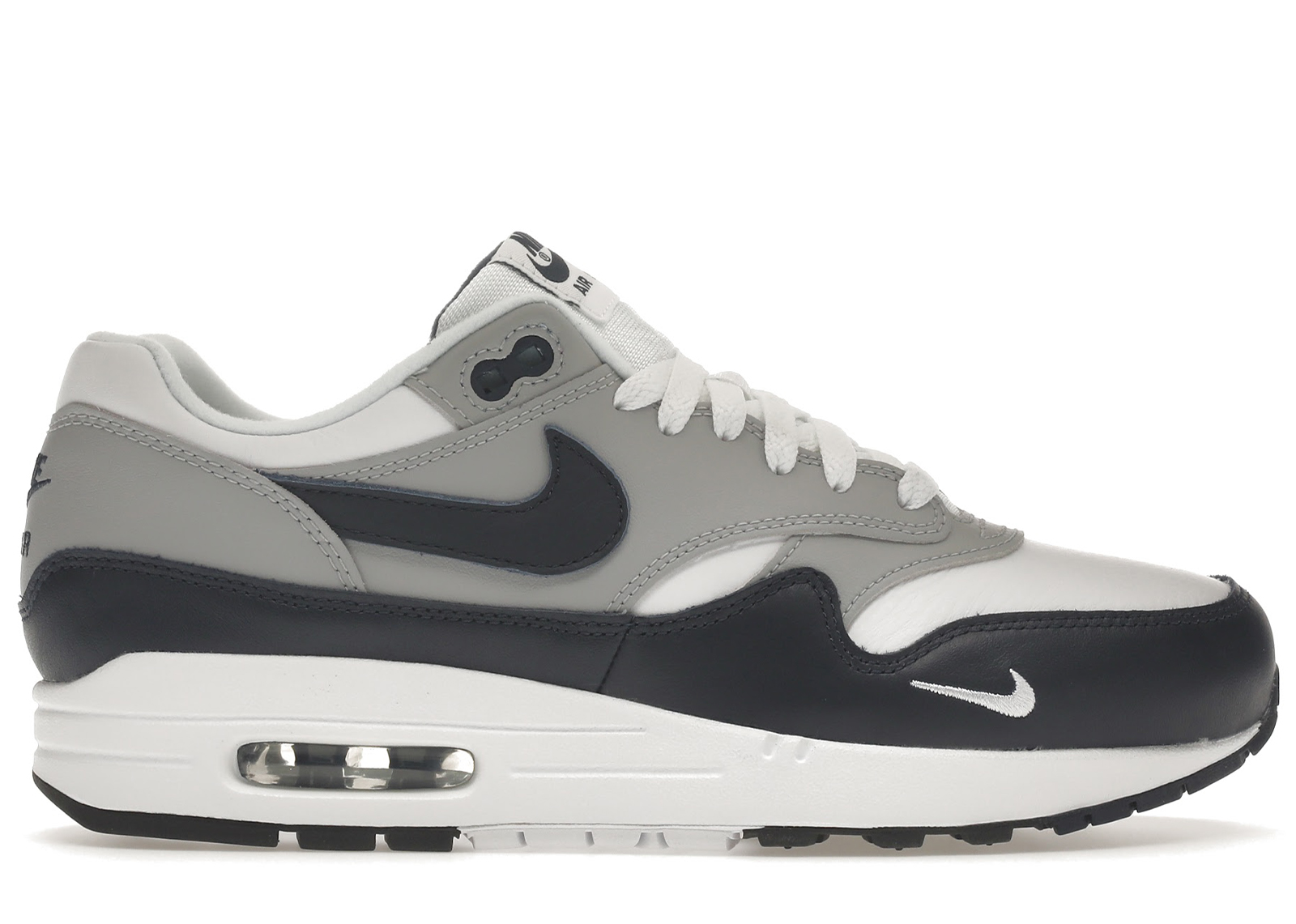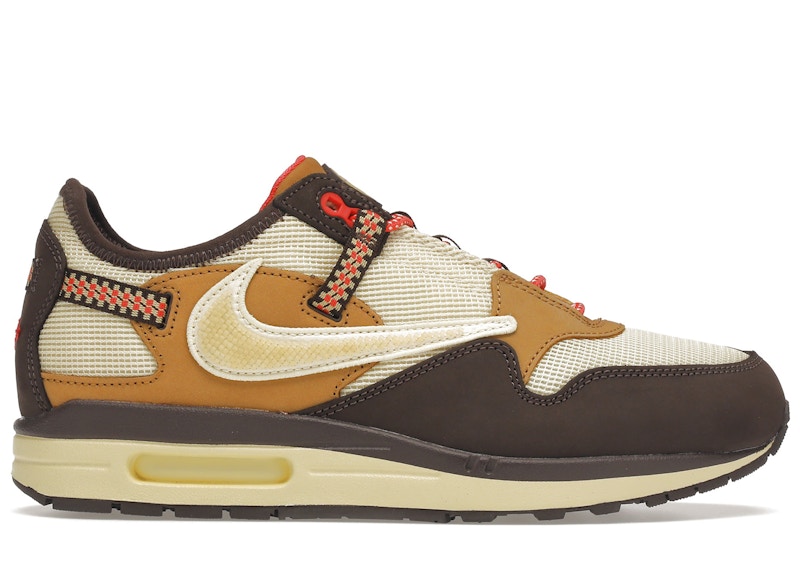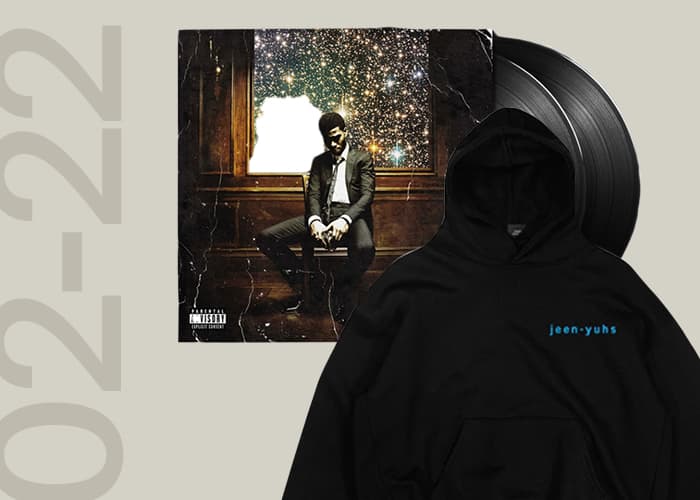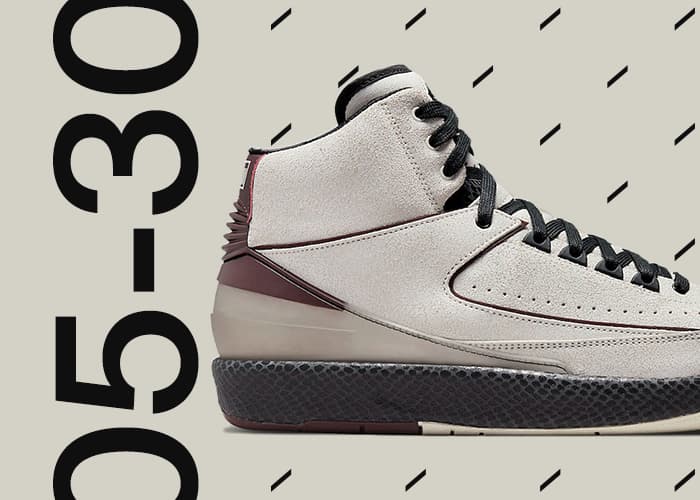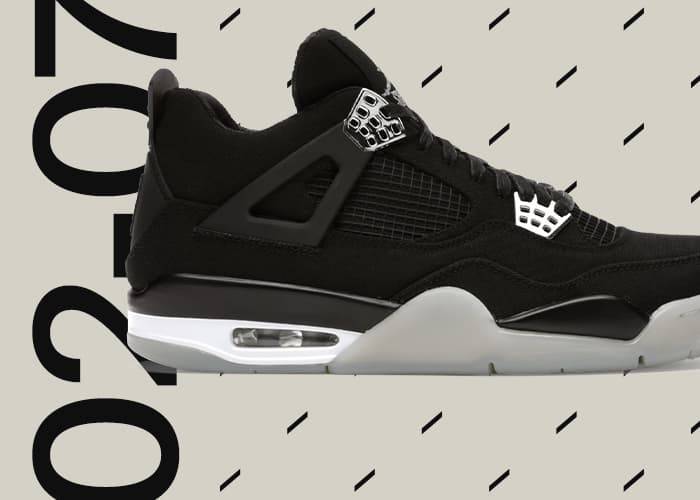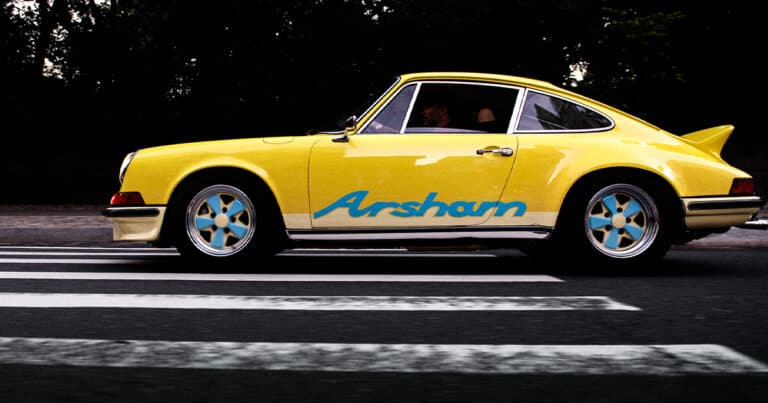"Every action has an equal and opposite reaction"
That same year Franklin Rudy, a former aerospace engineer, proposed his revolutionary idea to Phil Knight. Well, Rudy had developed technology that included a pressurised air unit inside a flexible, yet strong, urethane bag, that would compress on impact and then immediately return to its original shape for maximum energy return.
Phil Knight was impressed with the technology right away. Within nine months of meeting him, Knight, Rudy, and the Nike design team got to work to create what would go down in history as the first shoe to feature Air technology, the Nike Air Tailwind.

Frank Rudy and the Nike Tailwind
In 1978, the Nike Air Tailwind made its official debut at the Honolulu Marathon. While the Air Tailwind was a revolutionary technology in concept, it had its own set of production issues. The Air Tailwind’s production costs were high and the sole became fragile over time with temperature changes. It is well known that in the years following the official launch of the Air Tailwind in 1979, Nike lost a lot of money developing the model.
If there’s one thing Nike has taught us over the years, it’s that there’s never a finish line. The disappointment of the Air Tailwind planted the seed for what would later become a truly revolutionary idea, which was to create a shoe that would allow people to see the technology they were running on. A shoe with a visible Air unit was unthinkable considering how things went with the Tailwind.
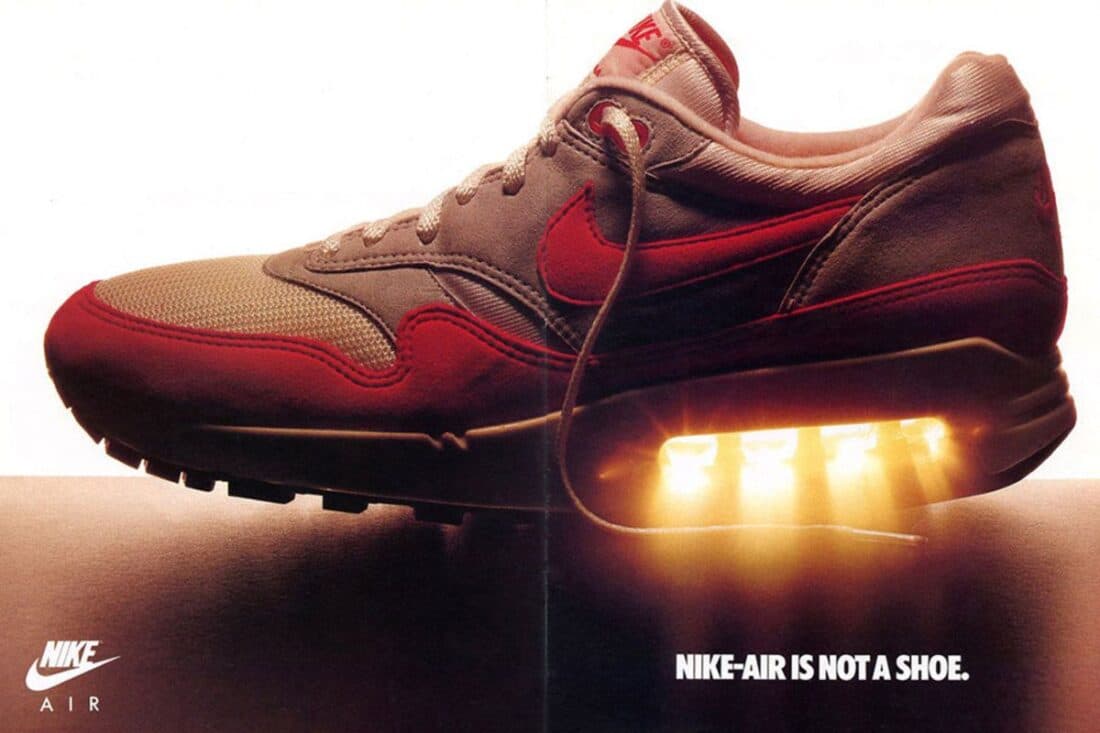
Back in 1980, the design team experimented with the Nike Mariah upper used by Alberto Salazar and a fully visible polyurethane sole. Even in this case, the samples produced were not durable, and after a very short time, the midsoles fell apart.
At this point in the history of Air Max 1s, a new architect arrived at Nike. His name was Tinker Hatfield, and just like Phil Knight and Bill Bowerman, he came from Oregon. Although it may sound strange, the transition from architect to sports shoe designer was fast. In 1985, Tinker Hatfield, Mark Parker and the Nike design team, inspired by the structure of the Centre Pompidou in Paris designed by Renzo Piano, set to work to create what would become the first shoe in history with a visible Air.
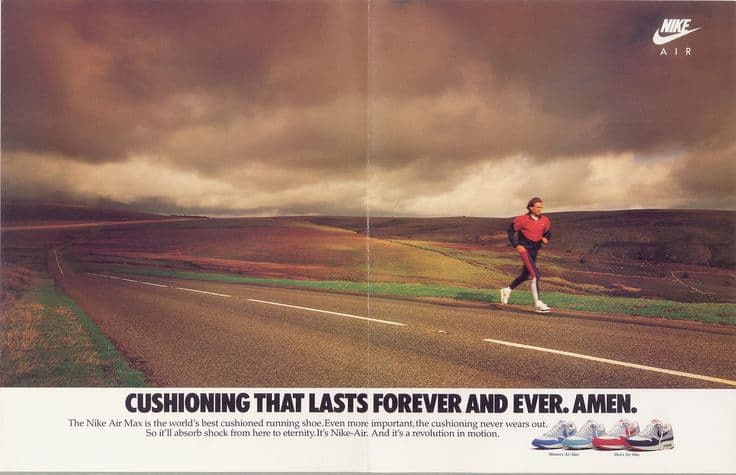
In 1986, after a few failed attempts, Tinker and his team finally got close to the final prototype. That same year Nike created the very first Air Max 1, named “Big Bubble”, which featured a huge air bubble in the midsole. Unfortunately, the prototype was discarded due to the lack of solidity of the sole. One thing many people don’t know is that in all of the 1987 marketing campaigns for the official Air Max 1 launch, the Air Max 1 “Big Bubble” was depicted and not the 1987 OG model that was released.
To see the Air Max 1 as we know it today, you have to wait until 1987. The shoes were revolutionary in everything from the red and white colour, which stood out from the running shoes of the time to the mesh and suede materials. On March 26, 1987, we finally got the technology that could be shown in all its glory. The rest is history!
"Not everything that glitters is gold"
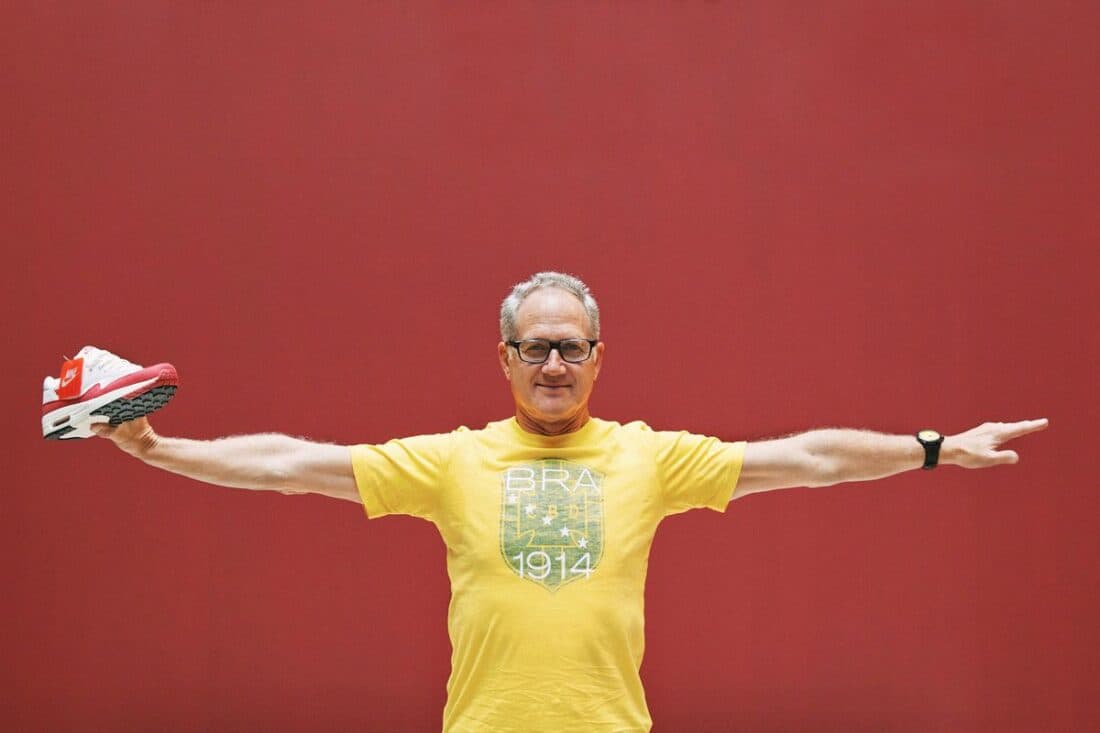
Image by Highsnobiety
If there’s one thing we’ve learned over the years, it’s that often something designed to be an icon in a certain field ends up becoming an icon in a completely different one. This is what happened with the Air Max 1. In the years following the launch, the running shoes have become the symbol of a rapidly expanding sneaker culture, especially in Europe. However, not everything that glitters is gold. The Air Max 1 has also had dark periods in which the model, despite its legendary status, aroused little interest both for the scarcity of projects and because the attention had shifted to other models. Sneaker culture on the other hand, like human history, often repeats itself. One day there is a model and the next another. But we are sure of one thing: the Air Max 1 will always be there!





